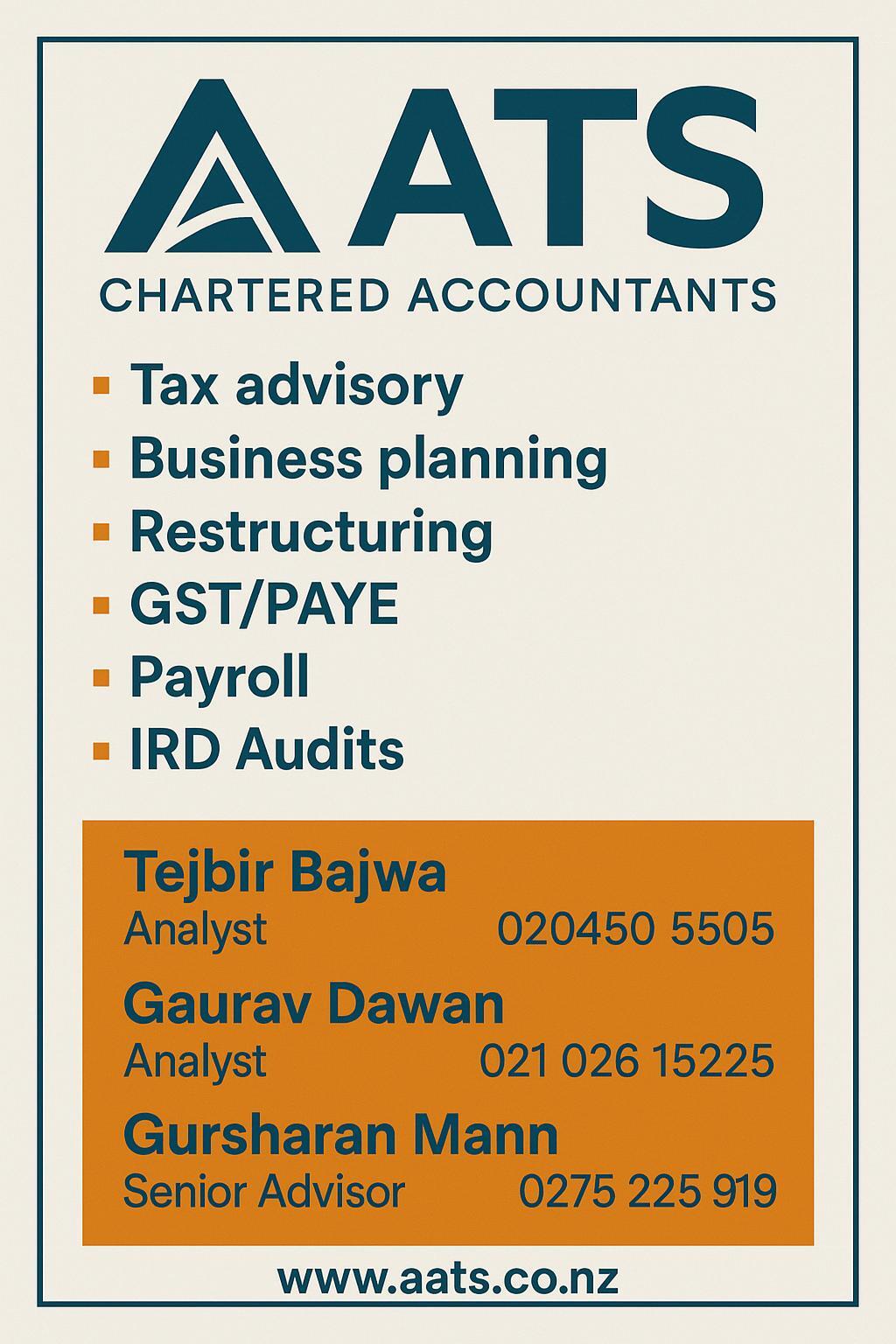Supporting businesses and households

Small businesses are the understated heavy lifters of the New Zealand economy. In an electorate such as Mount Roskill, the vast majority of our businesses are small-to-medium enterprises (SMEs).
The government is committed to maintaining an economic environment where our SMEs can flourish. I know first-hand what it takes to keep an SME going and that’s why I’m proud to talk about the government’s economic record as we deliver for New Zealanders.
Businesses are the engine rooms of the New Zealand economy. Growth in the economy is driven by businesses investing another dollar or hiring another person.
The government’s role is to support an economy where businesses can be flexible and resilient enough to respond to changing international and domestic conditions.
The current state of the global economy underlines the continued importance of this approach.
Among our steps to help businesses and households we’ve reduced taxes on work and saving to encourage more jobs and investment, and increase take-home pay.
We’ve controlled government spending. This is helping to keep pressure off interest rates. It also helped us deliver on our promise of returning to surplus in 2014–15.
Reduced ACC levies, with more to come, are helping businesses and households, as is the roll out of ultra-fast broadband and investment of billions in roads.
We’ve negotiated New Zealand’s biggest trade deal—the TPP—to support more jobs and diversify the economy.
Our economy grew by 2.4 per cent in the year to June 2015—putting us in the top half of developed economy growth rates. Growth is expected to average around 2 to 2.5 per cent over the next three years.
The average wage is now just more than $57,000 a year. That’s an increase of more than $10,000 since National came into office in 2008.
Wages increased by 3.1 per cent on average in the last year, which is significantly higher than inflation at just 0.4 per cent.
And 34,000 more jobs were created in the year to September 2015, with around 180,000 more jobs in the past five years.
We are seeing a lift in business and consumer confidence.
ANZ’s latest Business Outlook shows business confidence continuing to improve in November, with net 15 percent of businesses being optimistic about the economy for the year ahead with 32 per cent positive about their own businesses. Profit expectations, investment intentions, employment intentions, and export intentions have all improved.
ANZ’s quarterly review of regional trends shows activity rose in eight of the nine North Island regions and in four out of the five South Island regions, with the strongest activity growth in Northland, Auckland, Bay of Plenty, Gisborne, and Otago.
The government’s focus remains on managing the government’s finances in a sensible and responsible manner, continuing to pay down debt, and on building a more productive and competitive economy.
Small businesses are the understated heavy lifters of the New Zealand economy. In an electorate such as Mount Roskill, the vast majority of our businesses are small-to-medium enterprises (SMEs).
The government is committed to maintaining an economic environment where our SMEs can flourish. I know...
Small businesses are the understated heavy lifters of the New Zealand economy. In an electorate such as Mount Roskill, the vast majority of our businesses are small-to-medium enterprises (SMEs).
The government is committed to maintaining an economic environment where our SMEs can flourish. I know first-hand what it takes to keep an SME going and that’s why I’m proud to talk about the government’s economic record as we deliver for New Zealanders.
Businesses are the engine rooms of the New Zealand economy. Growth in the economy is driven by businesses investing another dollar or hiring another person.
The government’s role is to support an economy where businesses can be flexible and resilient enough to respond to changing international and domestic conditions.
The current state of the global economy underlines the continued importance of this approach.
Among our steps to help businesses and households we’ve reduced taxes on work and saving to encourage more jobs and investment, and increase take-home pay.
We’ve controlled government spending. This is helping to keep pressure off interest rates. It also helped us deliver on our promise of returning to surplus in 2014–15.
Reduced ACC levies, with more to come, are helping businesses and households, as is the roll out of ultra-fast broadband and investment of billions in roads.
We’ve negotiated New Zealand’s biggest trade deal—the TPP—to support more jobs and diversify the economy.
Our economy grew by 2.4 per cent in the year to June 2015—putting us in the top half of developed economy growth rates. Growth is expected to average around 2 to 2.5 per cent over the next three years.
The average wage is now just more than $57,000 a year. That’s an increase of more than $10,000 since National came into office in 2008.
Wages increased by 3.1 per cent on average in the last year, which is significantly higher than inflation at just 0.4 per cent.
And 34,000 more jobs were created in the year to September 2015, with around 180,000 more jobs in the past five years.
We are seeing a lift in business and consumer confidence.
ANZ’s latest Business Outlook shows business confidence continuing to improve in November, with net 15 percent of businesses being optimistic about the economy for the year ahead with 32 per cent positive about their own businesses. Profit expectations, investment intentions, employment intentions, and export intentions have all improved.
ANZ’s quarterly review of regional trends shows activity rose in eight of the nine North Island regions and in four out of the five South Island regions, with the strongest activity growth in Northland, Auckland, Bay of Plenty, Gisborne, and Otago.
The government’s focus remains on managing the government’s finances in a sensible and responsible manner, continuing to pay down debt, and on building a more productive and competitive economy.









Leave a Comment